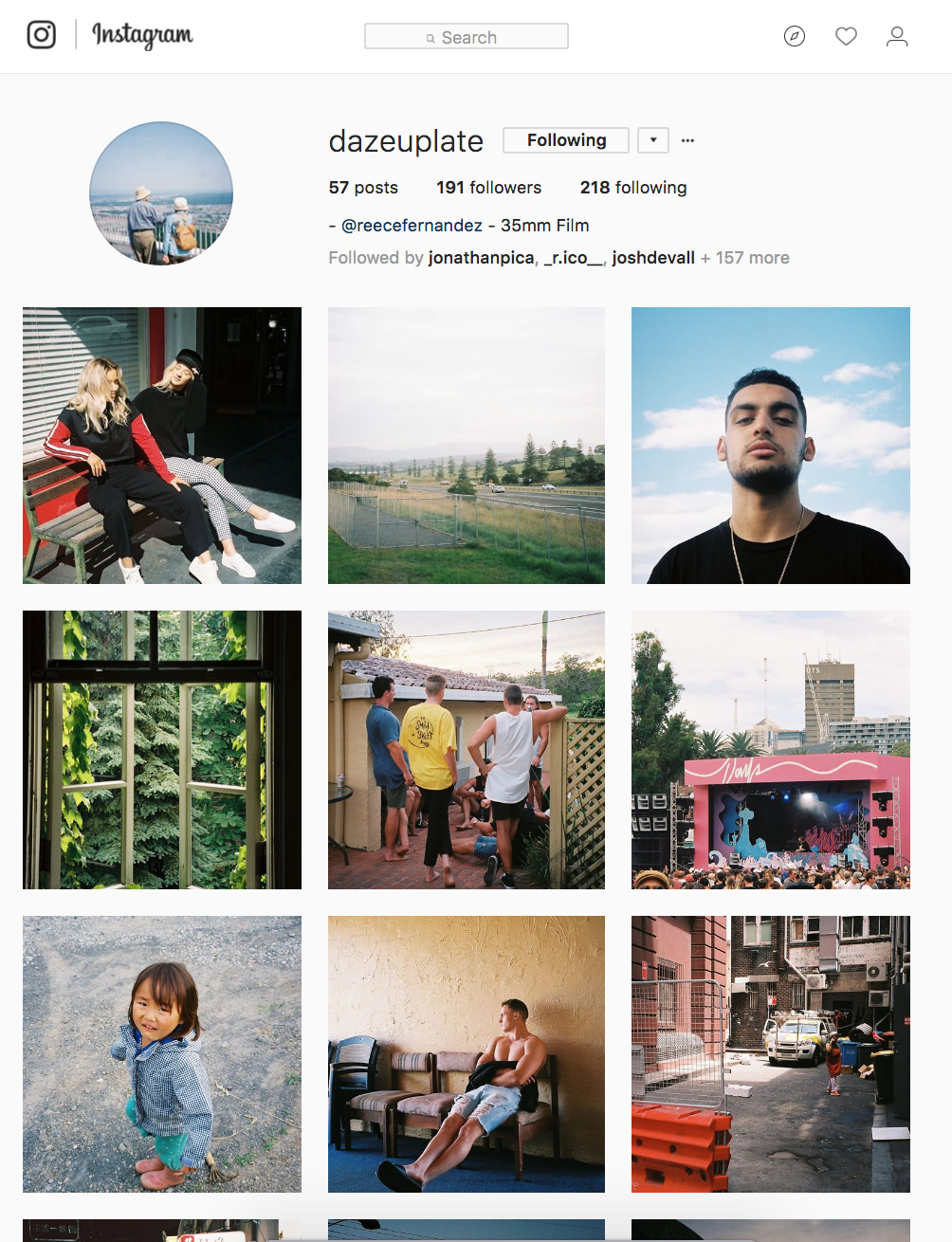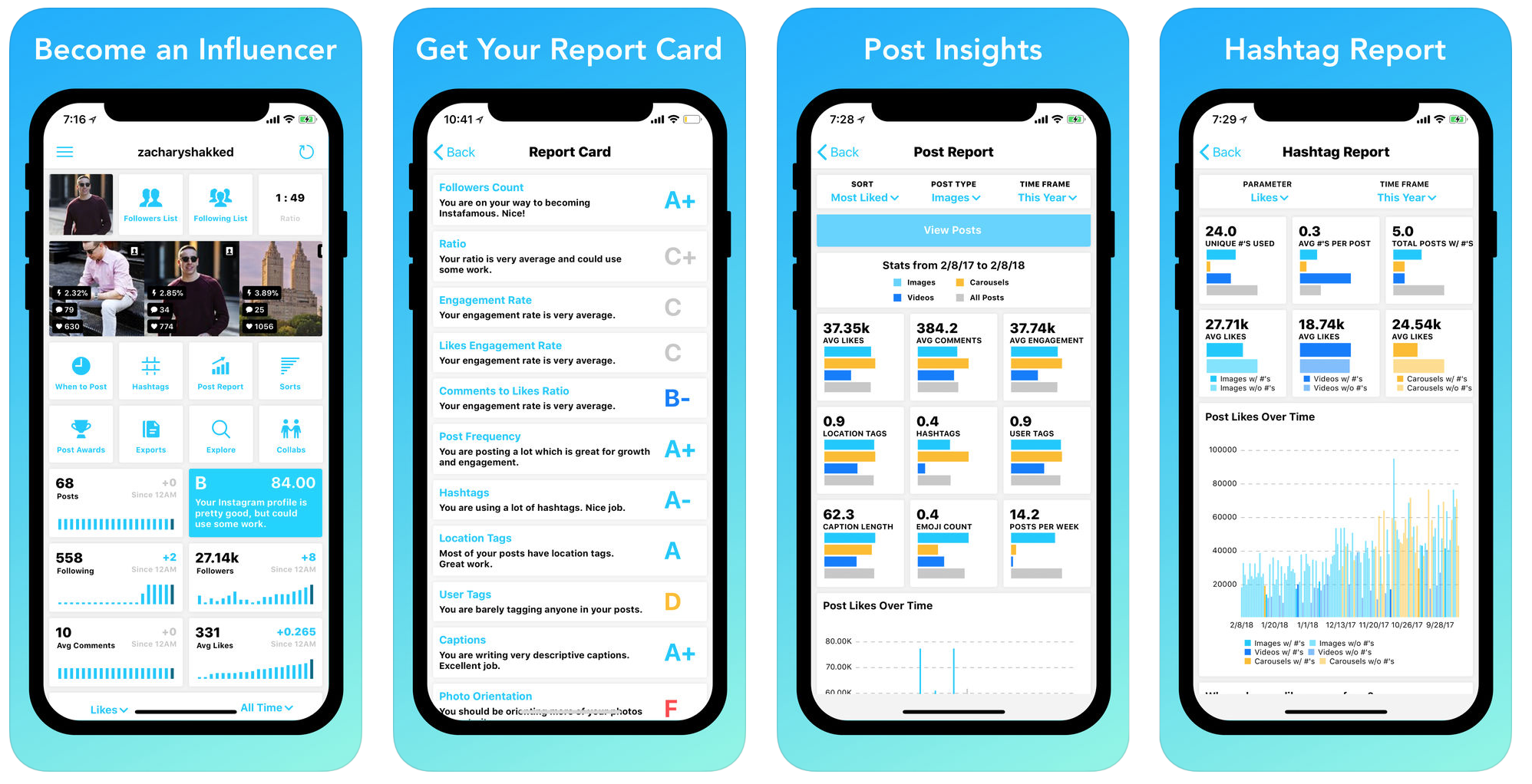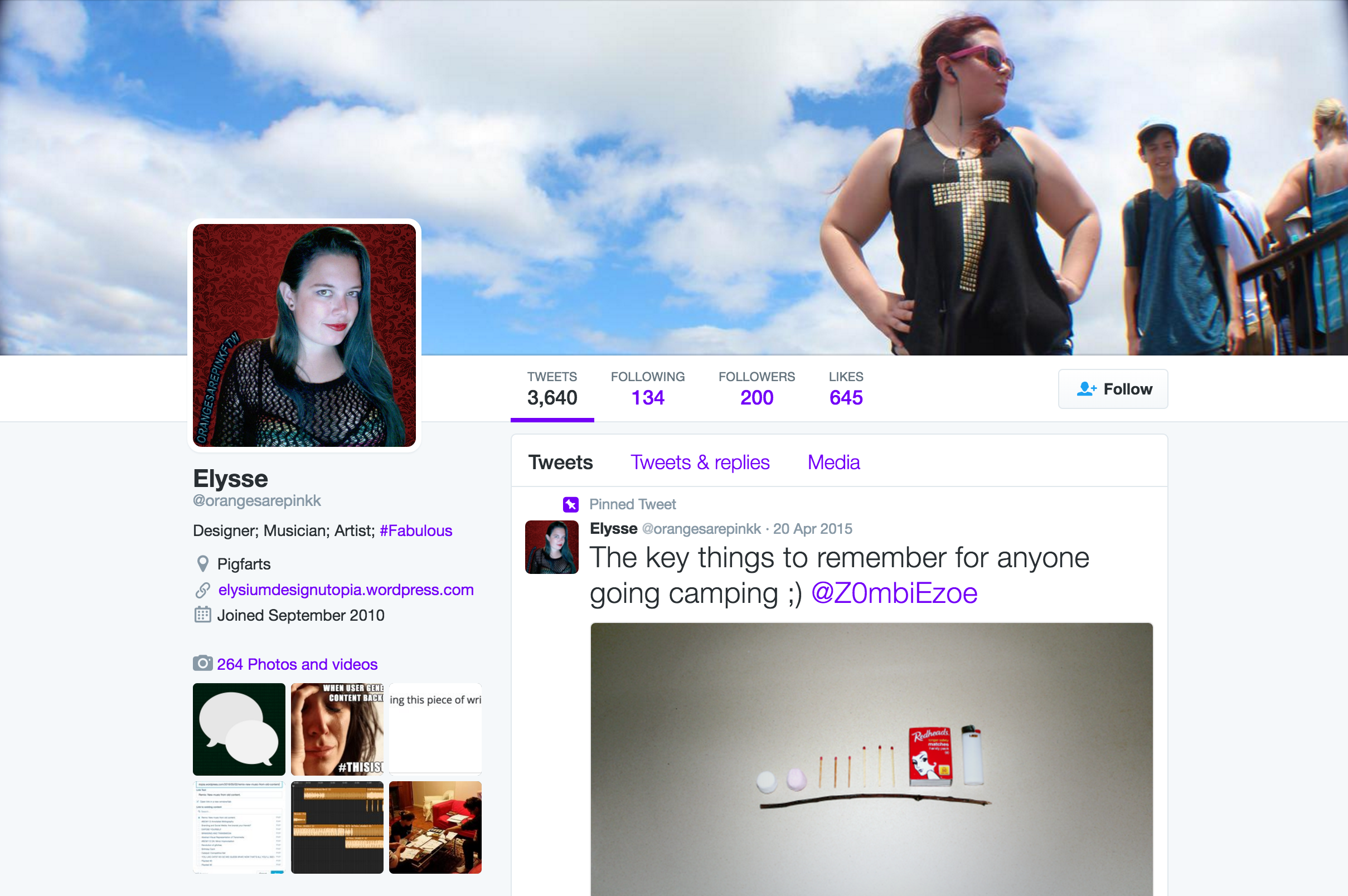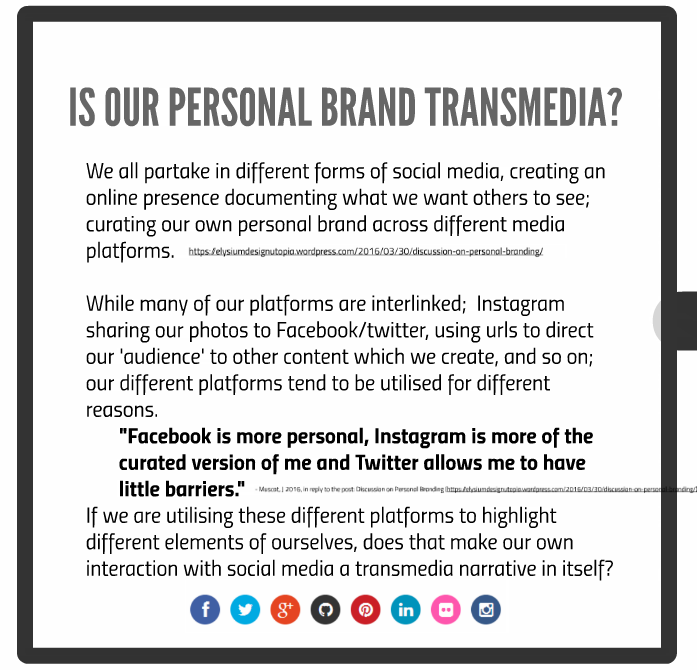The project I have chosen to curate my research on, is developing growth of the presence of a start-up fashion brand through the creation of an Instagram account, titled after the fashion brand which I have set out to create, ‘Grown Ass Kid’.
Link to the previous blog post: https://fernandezreece.wordpress.com/2018/03/20/cultivating-a-brand-from-the-ground-up/
Recently I have set out to create an Instagram account where I will attempt to try and campaign various clothing products which I be releasing and designing myself, while campaigning the start-up brand I will be using various academic sources, statistics and advice in a trial and error process to see what methods and communication processes are most helpful in achieving a strong brand presence online.
Strong in the sense of the reach it has with it’s followers and to a further audience and also in the sense that the brand identity is something which individuals can feel that is an extension of themselves. Something they can use for self expression. During the time of writing (23/4/18) the curation of a branding campaign is yet to begin, due to personal reasoning of wanting to begin the process with the release of the next Grown Ass Kid product which has been in the works for two months and is in the final steps now.
Although my previous work on Grown Ass Kid can be found on my previous linked blog post or my personal Instagram: https://www.instagram.com/reecefernandez/.
https://www.instagram.com/p/Bfu9yp5nH4S/?hl=en&taken-by=reecefernandez
The aim of my research project does not lie within the marketing aspect of social branding, where influencers/popular account’s endorse products and services as a marketing strategy but rather the communication aspect of it. How to optimally use communication methods to post good, well received content and properly develop a dedicated group of followers/consumers who interact with the brand whole heartedly.
When I think of branding now days I think of branding campaign’s, campaigns that stem from traditional media to online platforms. Although in the era of social media, branding will always win when it has been channelled through this medium. Branded content on social media allows companies to forge relationships directly with consumers, you are able to post relevant content with your audience and stay directly connected to them in real time by posting into their personal feeds where consumers can interact with each other on an equal level. By doing this your brand is able to become a community hub for its consumers (Douglas Holt, 2016).
Companies have noted the relationship between consumers and social platforms and amongst these social platforms Instagram is thriving as the perfect platform to establish brand/consumer relationships. Instagram is able to curate content and build successful relationships with their audience due to the visual nature of the platform, 71% of online marketers have been recorded to use visual assets in their social media marketing (Social Media Examiner 2015 via Hubsport.com) and visual interactions are key in branding as researches have found that coloured visuals increase peoples willingness to read content by 80%. (Xerox 2014). Visual content being key and the ability to connect via likes, hashtags and comments are what makes Instagram the go to for branding.
Within Instagram there are multiple methods to curating your presence. Advantageously planning the way your grid of photos are presented on the profile is key in defining a distinct individual aesthetic. The key strategies in creating a visually pleasing sequence of photo’s is to follow rules set by Lev Manovich 2016:
Use of a single visual style in your gallery or have few reserved for particular subjects:
- The way I will achieve this is by choosing to shoot most, if not all content for my brand using the medium of 35mm film photography. A personal hobby of mine.
When posting a sequence of photo’s overtime, no two photos should be aligned with each other that share similar values. E.g photo’s from the one photoshoot or photo’s that show the same subject should not be posted alongside each other, like so:

– By using applications such as ‘Snug’ or ‘Unum’ this can be achieved. Snug and Unum are applications which allow the user to preview what posted content would look like on their profile by letting the user post pictures on a draft version of the Instagram grid.
Managing the brands Instagram account in the form of statistics is a necessity. Viewing these stats is of high importance as it allows me to see how much reach per person each upload gets, as well as each profile visit I receive through the uploaded photo. Instagram provides these tools via their ‘business account’ setting. I will also be using third party apps such as ‘Command’ for a much more detailed insight into the analytics of the account. Command visualises stats such as:
- Engagement Rate
- Post Frequency Rate
- Average Likes
- Best Time to Post to achieve maximum reach

These will be of huge help to develop my understanding of optimising my use of Instagram behind the scenes as well as learning what attributes to the creation of a successful post, assisting to my trial and error method of posting.
For the future of my online brand I will hope to have the campaign up and running by the time of presentation, as of writing 25/4/18 I have just placed an order in 40 blank hoodies which I am having sent to have the design printed. Once I receive the final product back, I will begin campaigning for the brand through videos, photoshoots and competitions. I believe the best way to achieve a successful start is by having a core brand product being associated with the beginning of an online account.
References:
http://popai.com.au/wp-content/uploads/March-PDF/Branding-the-age-of-social-media.pdf (Douglas Holt, 2016, Branding in the Age of Social Media. Harvard Business Review P41. Date Accessed 23/4/18)
https://www.hubspot.com/marketing-statistics?_ga=2.97055901.361101574.1524464722-228448703.1524464722 (Social Media Examiner 2015 via Hubsport.com, Date accessed 23/4/18)
https://www.hubspot.com/marketing-statistics?_ga=2.97055901.361101574.1524464722-228448703.1524464722 (Xerox 2014, Via Hubsport.com. Date Accessed 24/3/18)
http://manovich.net/content/04-projects/147-instagram-and-contemporary-image/instagram_book_manovich.pdf (Lev Manovich, 2016 Instagram and Contemporary Image, Creative Commons License. Date Accessed 24/3/18)













